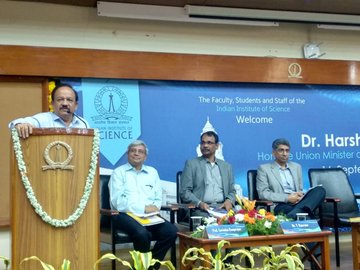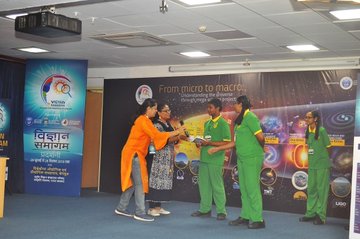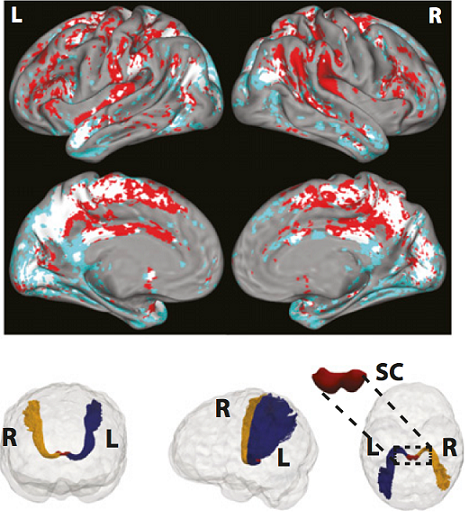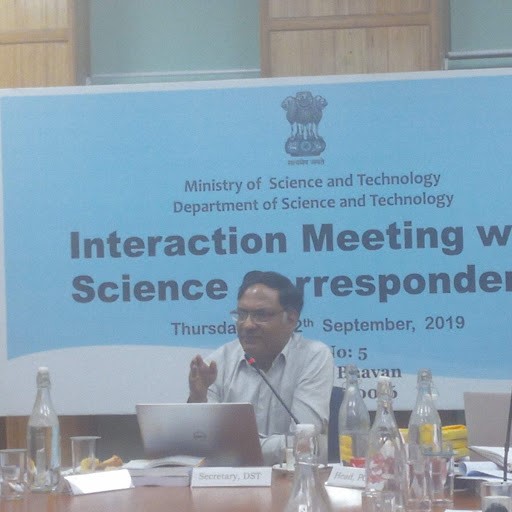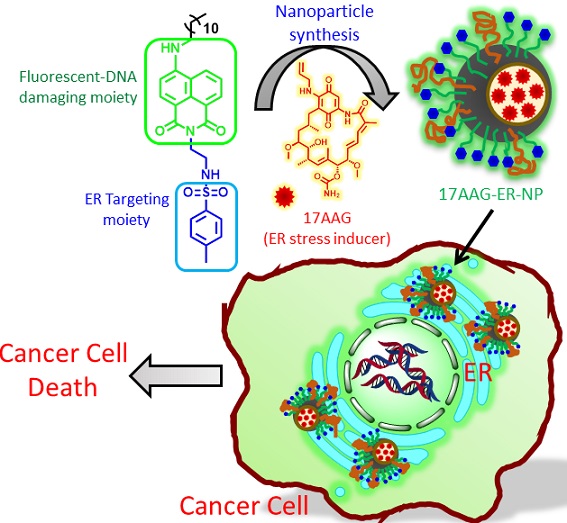
Quantum dots emitting different colors (1)
A team of researchers at the Indian Institute of Technology (IIT) Gandhinagar has stumbled upon an unexpected phenomenon that would have significant implications on the existing protocols followed to synthesize graphene and other two dimensional (2D) nanomaterials.
Graphene is the thinnest material that has led to several developments in fundamental and applied science since it was first discovered 15 years ago. This new knowledge has also led to the development of a range of new 2D nanomaterials, which are like graphene but made from other elements.
One of the most popular methods to synthesize graphene is liquid-phase exfoliation, in which the graphite powder is mixed in a suitable liquid medium and exposed to bursts of high-intensity sound energy (ultrasonication). This ultrasonic energy delaminates the layered parent crystals into daughter nanosheets that suspend and swim in the organic solvents to form a stable dispersion of 2D nanomaterials.
In this method, it has always been presumed that the ultrasonic energy bursts would not affect the organic solvent. However, researchers at IIT Gandhinagar came across a surprise. They were extending this method to synthesize dispersions of borophene, a 2D material that is like graphene but made from boron. While conducting the control experiments, doctoral student Saroj Kumar Das made an unexpected observation that the organic solvent itself was transforming into quantum dots − extremely tiny fluorescent nanostructures just 2 nm in diameter.

Team of researchers at IIT Gandhinagar
" This was a surprise finding because scientists till now believed that that the liquid medium or organic solvent remains stable during exposure to sound waves and nothing happens to it. "
Das made this observation when he was shining the dispersion with laser and it exhibited beautiful fluorescent colours, a behaviour that is characteristic to quantum dots. Such a concurrent formation of quantum dots, along with the formation of nanosheets, has not been seen before. So he reported this unexpected result to his advisor Dr. Kabeer Jasuja.
Initially, the team could not accept the outcome, thinking that these quantum dots could have come from possible contamination. However, after conducting several experiments in different setups and verifying their results, the team was able to validate that the organic solvent used during the process itself is transforming into carbon quantum dots.
“This was a surprise finding because scientists till now believed that that the liquid medium or organic solvent remains stable during exposure to sound waves and nothing happens to it. That is the main reason these are used as a dispersing medium for such experiments. No one has ever suspected that the molecules of organic solvent can transform into carbon quantum dots by the sound energy. This new physical insight would form an important addition to the protocols followed to synthesize nanosheets,” Jasuja said.
To demonstrate the relevance of these results, the research team also revisited protocols that utilize ultrasonication to synthesize other 2D materials. They found that in these protocols, one ends up getting a mixture of carbon quantum dots along with the 2D nanosheets that are originally intended. The findings imply that before drawing inferences about nanosheets formed by such methods, one needs to acknowledge the presence of these quantum dots.
The team's findings were recently published in Journal of Physical Chemistry C. The team included Saroj Kumar Das, Ramchandra Gawas, Satadru Chakrabarty, Gunda Harini, Rishabh Patidar and Kabeer Jasuja.
India Science Wire



